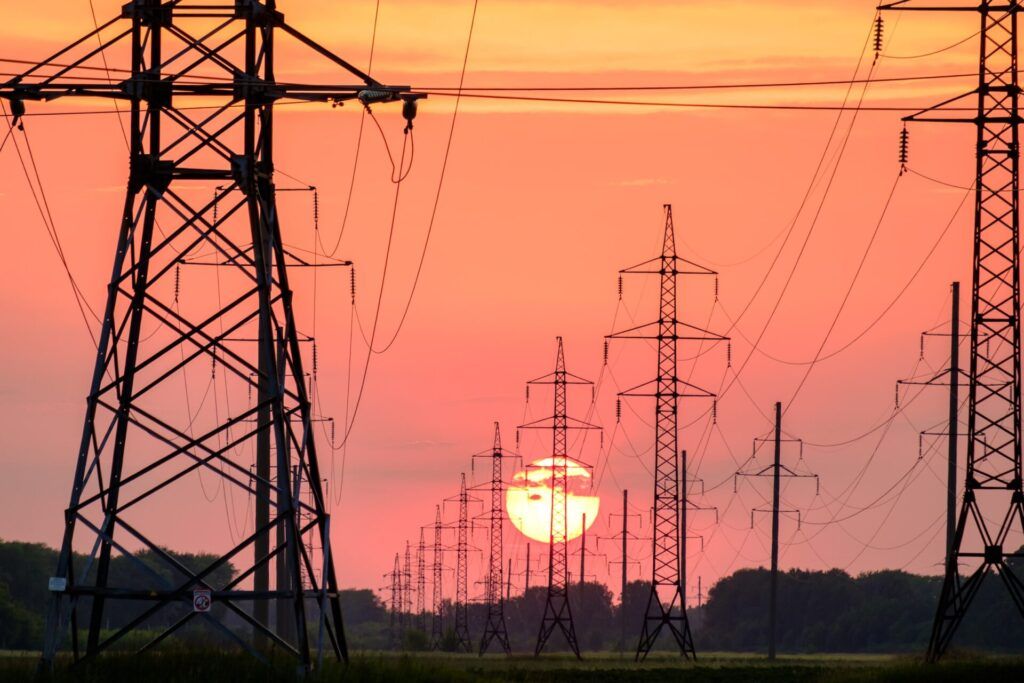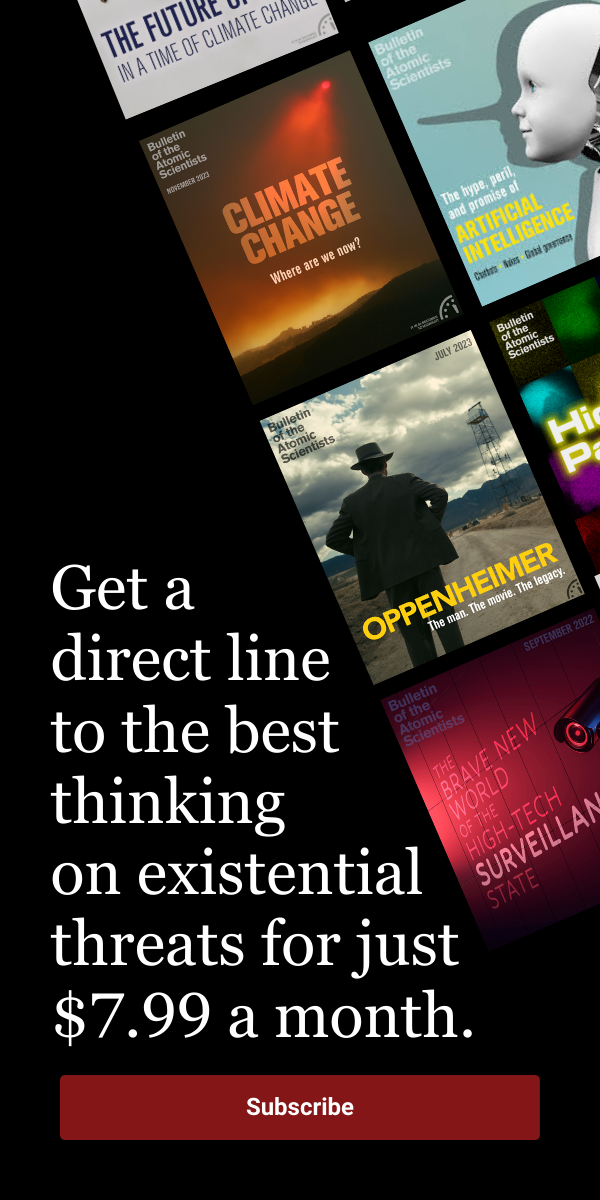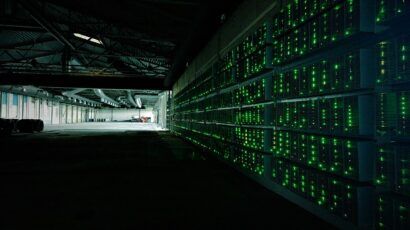How to modernize permitting for a low-carbon economy
By Sanjay Patnaik, Rayan Sud | February 1, 2023
 Photo by Andrey Metelev on Unsplash
Photo by Andrey Metelev on Unsplash
This article is part of a series of commentaries on permitting reform. Read the rest here.
With the Inflation Reduction Act, the federal government passed a historic climate and energy legislative package that is likely to accelerate the transition towards a low-carbon economy in the United States. The new law makes electrifying large parts of our economy—personal transportation and home heating systems, for example—a governmental priority, which will require much more electricity generation and transmission infrastructure. One substantial roadblock to the deployment of so much new infrastructure is the complex and often slow permitting system in the United States at the federal, state, and local levels.
The current permitting process introduces delays from multiple sources, including local opposition, local or state government inefficiencies, state and federal environmental review laws, grid interconnection queue backlogs, litigation, and a long list of environmental and cultural protection compliance requirements. With all these challenges, major renewable energy projects can take many years to permit, while major transmission lines routinely take over a decade.
To realize the full projected emissions reductions of the Inflation Reduction Act and the United States’ broader climate goals, electricity transmission and renewable generation projects need to bear fruit faster, a prospect that is near-impossible without meaningfully reforming the permitting system and thereby speeding up the permitting process.
Through our work on permitting reform, we have identified several ways that the large and complex federal permitting system could be streamlined and modernized. First, we propose that for clean energy projects, federal agencies go from a reactive permitting model, in which they process developer applications for projects, to a proactive model, in which agencies pre-designate lands for renewable energy development and invite developer applications. (This idea is borrowed from the European Union’s recent REPowerEU plan.) Building on a map of low-impact sites from the Environmental Protection Agency and a Nature Conservancy report identifying low-conservation-value lands, we propose the development of a comprehensive national map of renewable energy development priority areas. In these areas, following the EU proposal, permitting guidelines could be significantly streamlined, including by adopting hard time limits on environmental reviews. Such a system could preserve areas that are important for ecological, cultural, and environmental-justice reasons, while simultaneously expediting the deployment of infrastructure needed for decarbonization.
Second, interstate transmission lines are severely delayed by a need to secure approval from every state through which they pass. Transmission lines are national-level public goods, with benefits accruing to customers across a wide region, but costs falling upon a small number of landowners and project neighbors. Therefore, nationally net-beneficial projects are often unpopular and rejected by state-level authorities. Given the urgency and critical importance of building transmission capacity, we propose that the federal government take over the power to permit interstate transmission. This builds on limited pre-existing federal authority in this area, and puts transmission on equal footing with natural gas pipelines, which already benefit from federal-level permitting and consequently quicker permitting timelines.
We also support a set of policies that leave in place the permitting structure but may have a catalytic effect throughout the system. For instance, offshore wind is subject to onerous Clean Air Act permitting requirements despite relatively low air pollution, while offshore oil and gas activity is highly polluting, yet subject to much weaker regulation. We propose to level the playing field and relax air pollution permitting for offshore wind. Other important ideas that have been discussed include correcting the serious staffing shortages at federal agencies, expanding the federal permitting council to support multi-agency coordination for more clean energy projects, and putting legal challenges to environmental review of major clean energy projects on a judicial fast-track, sending them directly to the D.C. Court of Appeals. Further, federal-level reform can also inspire reforms at the state and local level—for example, states should centralize permitting for large renewables to sidestep unreasonable local opposition and adopt automatic permitting for low-impact projects like rooftop solar.
A targeted, evidence-based program of permitting reform, structural in some sectors and incremental across the system, can partially alleviate one of the many barriers to decarbonizing America without compromising its environment and cultural heritage.
Together, we make the world safer.
The Bulletin elevates expert voices above the noise. But as an independent nonprofit organization, our operations depend on the support of readers like you. Help us continue to deliver quality journalism that holds leaders accountable. Your support of our work at any level is important. In return, we promise our coverage will be understandable, influential, vigilant, solution-oriented, and fair-minded. Together we can make a difference.

















By Andrew Dessler
Clean energy is the future. Permitting reform is how to get there
By Sanjay Patnaik, Rayan Sud
How to modernize permitting for a low-carbon economy
By Jessica Lovering
The process is what matters
By Jamie Pleune
Get rid of bottlenecks—not environmental reviews
By Dustin Mulvaney
Want clean energy, fast? ‘Streamlining’ environmental reviews could have the opposite effect
By Jamie Shinn, Laura Kuhl
What the Mountain Valley Pipeline debacle says about energy permitting reform and ‘just transitions’
By Dustin Mulvaney
Permitting reform is back from the dead. Will lawmakers sacrifice America’s public lands to the fossil fuel industry?